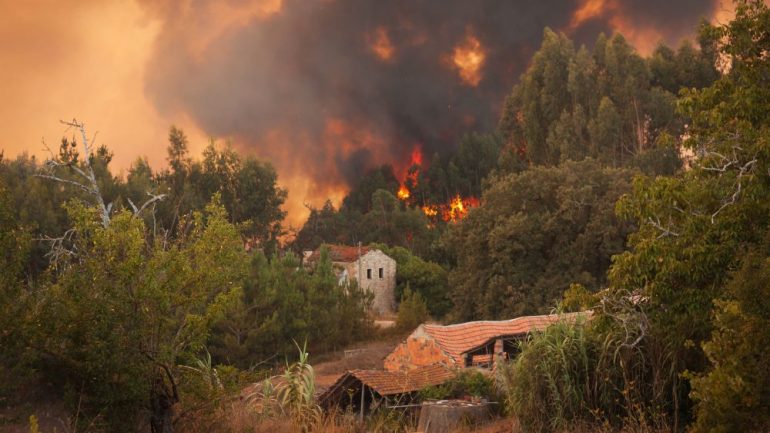The images from the West Coast in late 2018 were terrifying: apocalyptic wildfires, with flames soaring hundreds of feet and racing through towns and neighborhoods destroying homes. Still, some houses survive because their owners took critical preventative steps beforehand. What can you do to spare your home?
Create a safe zone free from fuel
Fires need fuel and air to burn. You can’t deprive a fire of oxygen, but you can limit the amount of fuel available to an advancing wildfire. The following steps can help protect your home.
- Experts advise limiting the available sources of fuel within a 100-foot zone of your house.
- Within 30 feet of your home, install hard scapes and paths to cut back on available fuel and create firebreaks. Keep shrubbery low and plant boxwoods, hydrangeas and azaleas, which are more fire-resistant than plants such as hollies. Use gravel and stone bedding instead of bark mulch. Don’t keep firewood stacked against the house; in addition to providing fuel for fires, it attracts termites.
- Cut down high grasses at the fringes of your property. Keep your lawn cut regularly and watered often. If wildfires are in your area, run your sprinkler system every few hours until the danger passes.
- Remove wild trees that are high in oil content. Cedars, other junipers, eucalyptus and pines are torches just waiting to be lit.
- Maintain trees that are less likely to burn, such as hardwoods like aspens and oaks. Keep the lower limbs cut back and thinned out and remove undergrowth beneath trees. Wild shrubs, grasses, weeds and deadwood provide the fuel for fires to spread up into trees.
Safeguarding your roof from fire
Often houses catch on fire when flying embers land on the roof or other vulnerable areas. To minimize this risk:
- Keep your gutters free from leaves, pine needles and debris, all of which are dry tender.
- Install wire mesh screens on roof vents to prevent flying embers from entering your attic.
- Consider replacing wood shakes and asphalt or composition shingles on your roof with slate, tile or standing metal seam roofs, all of which are more fire-resistant. (Metal roofs also shed accumulated snow more readily than other roofs.)
Related – Fire Safety: Your Family is Counting on You


